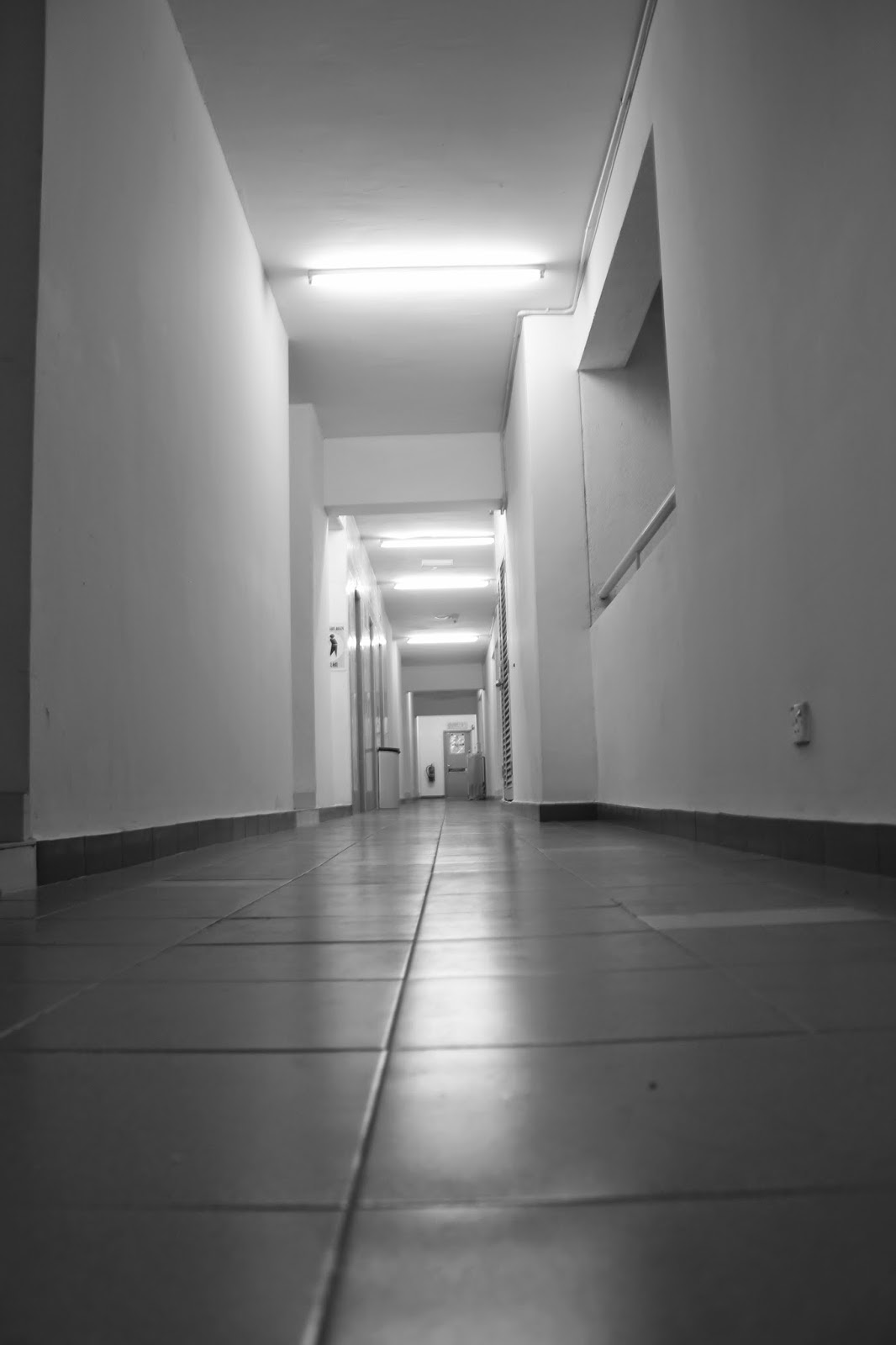6.2.15
(Week 2)
Josephin (0320795)
Introduction to Photography
Exercise 2 : Aperture
Lecture :
Today class Mr. Vinod explained about Aperture. He showed
us how to setting the aperture in our DSLR's. He asked us to made into a small
group to prove the aperture effect through the exposure and the depth of field
in a picture. He explained and corrected our answer then let us go outside
class to take some pictures that we had learned. The end of class he gave us to
do an exercise.
Instruction :
Aperture (in-class) Exercise Instruction:
Upon reading, viewing and discussing the material on
aperture, we have come to agree that aperture effects exposure (Exercise 2a.1)
and depth of field (Exercise 2a.2).
Your problem task today is to prove the theory as fact
that aperture does effect exposure (Exercise 2a.1) and depth of field (Exercise
2a.2) by devising a plan and acting on it.
When updating your ePortfolio ensure you describe your
plan before showcasing the evidence that proves the theory.
All images must be in black and white, you can make the
adjustment in the camera (if the feature is available) or make the adjustment
later in photoshop (Image > Adjust > Black & White)
Exercise 2.2a: Aperture Affects Exposure
Exercise 2.2b: Aperture Affects Depth of Fields
F1/20, S22 , ISO 200
F1/30 , S18 , ISO 200
F1/40, S16 , ISO 200
F1/100 , S11 , ISO 200
Screenshot :
Feedback :
Via Facebook :
"the exercises seem to have proven quite clearly that aperture effects exposure and depth of field. Your choice of subject matter was also very pleasing to the eye, good work. You reflection was good but you could elaborate just a little more on your experience observation and findings. There was however one sentence in the findings that was confusing"
Reflection :
Experience :
We learn how to take picture by setting the aperture and go to outside class.
Observation :
This is my first time learn and done aperture effects so sometimes I feel confuse the different between Exposure and Depth of Fields. After learn that I know how to control the aperture and amount of light. Its a bit interesting for me to learn something new because I can improve my knowledge about my DSLR.
Findings :
I learned that aperture effects exposure because when I changed from the lower to the higher aperture by 1 stop the picture will darker. While I changed the the shutter speed to 0 it looked same and aperture effects depth of fields since I change the aperture from the lowest to highest the picture becomes clearer
Learning goal: Students are able to prove that aperture effects exposure and depth of field.
Learning outcome 1: Students will be able to use exposure settings (Aperture,Shutter Speed &
ISO).
Learning outcome 3: Students will be able to distinguish a bad exposure from a good exposure.
Feedback :
Via Facebook :
"the exercises seem to have proven quite clearly that aperture effects exposure and depth of field. Your choice of subject matter was also very pleasing to the eye, good work. You reflection was good but you could elaborate just a little more on your experience observation and findings. There was however one sentence in the findings that was confusing"
Reflection :
Experience :
We learn how to take picture by setting the aperture and go to outside class.
Observation :
This is my first time learn and done aperture effects so sometimes I feel confuse the different between Exposure and Depth of Fields. After learn that I know how to control the aperture and amount of light. Its a bit interesting for me to learn something new because I can improve my knowledge about my DSLR.
Findings :
I learned that aperture effects exposure because when I changed from the lower to the higher aperture by 1 stop the picture will darker. While I changed the the shutter speed to 0 it looked same and aperture effects depth of fields since I change the aperture from the lowest to highest the picture becomes clearer
Learning goal: Students are able to prove that aperture effects exposure and depth of field.
Learning outcome 1: Students will be able to use exposure settings (Aperture,
Learning outcome 3: Students will be able to distinguish a bad exposure from a good exposure.




















